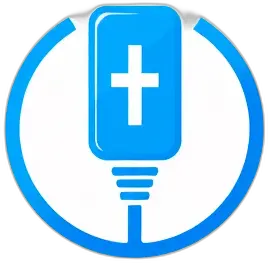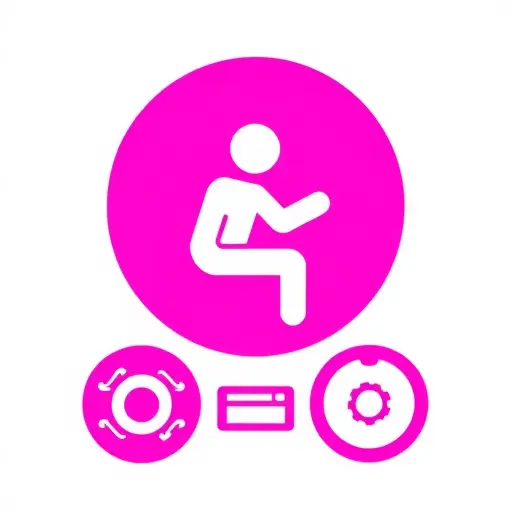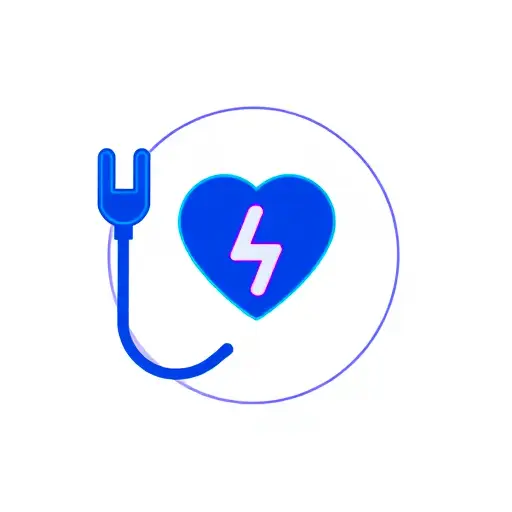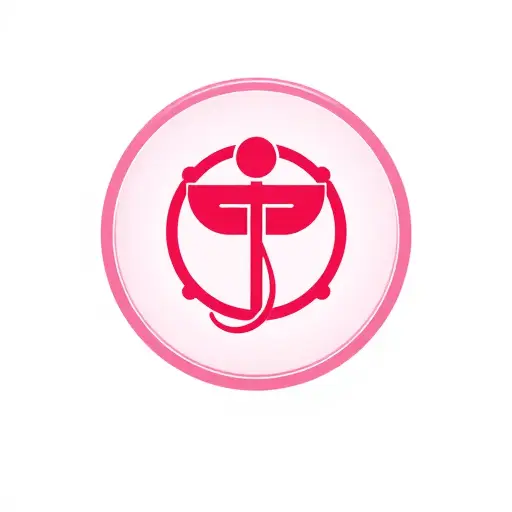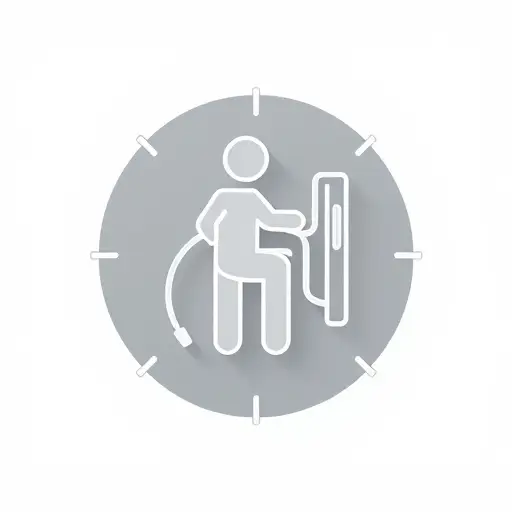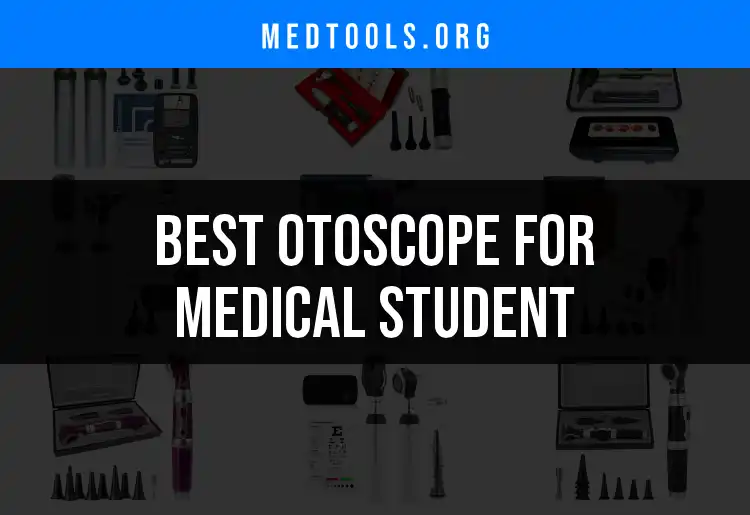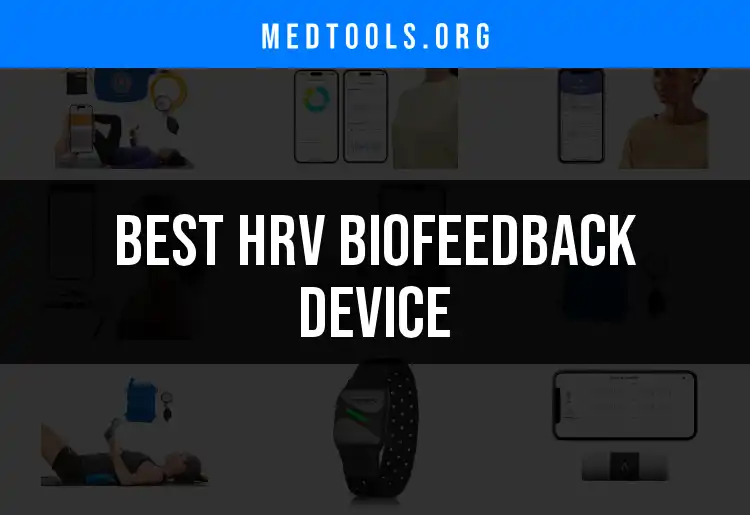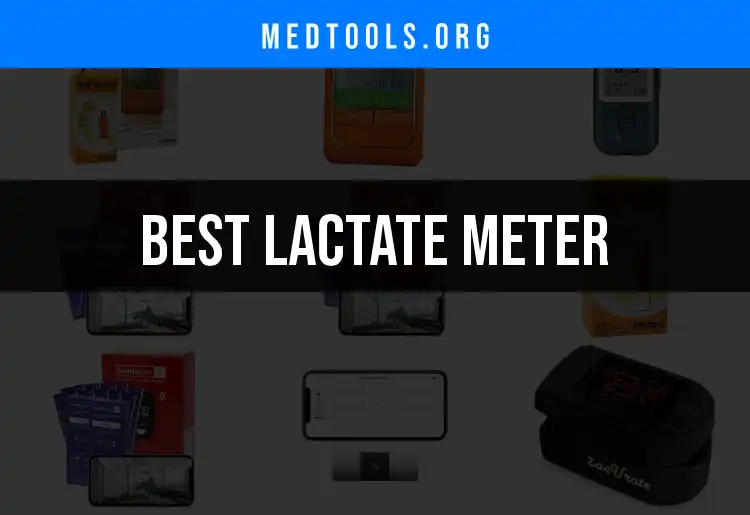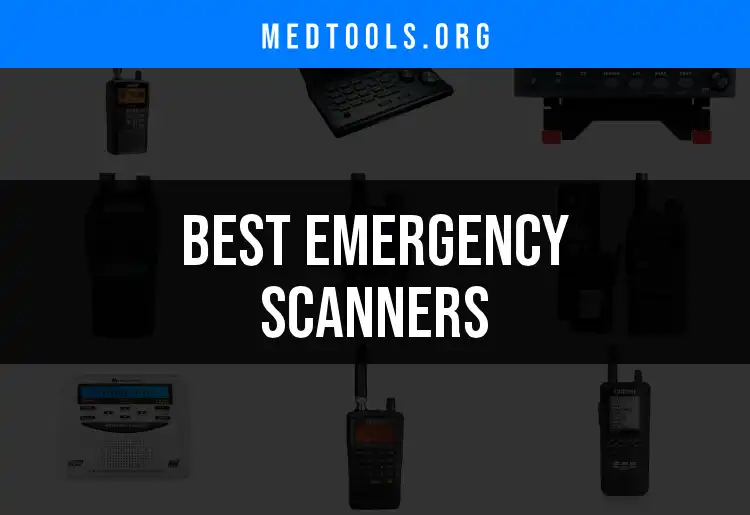Monitoring is a cornerstone of effective healthcare delivery. It is essential in understanding and managing patient health, as it allows healthcare providers to track vital signs, assess changes in condition, and make informed decisions based on real-time data. This capability not only enhances patient safety but also improves overall health outcomes, enabling rapid responses to any changes in a patient’s status.
The variety of monitoring tools and devices available today makes it easier for healthcare professionals to manage diverse patient needs. With technological advancements, monitoring systems now integrate wireless connectivity and advanced analytics, facilitating a continuous flow of information between patients and healthcare providers. Understanding the scope of these tools, from basic vital sign monitors to handheld tools specifically designed for emergency situations, is vital for any healthcare professional. Moreover, the evolving landscape of monitoring technologies points towards an increasingly significant role in personalizing patient care.
Emergency Medical Technician (EMT) Monitoring Tools
In emergency situations, timely and accurate monitoring can mean the difference between life and death. Emergency Medical Technicians (EMTs) require reliable tools to assess patient conditions quickly and effectively. These tools, especially monitoring devices like stethoscopes, enable EMTs to detect critical signs, such as heart and lung sounds, in high-pressure settings.
Best Practices for Using an EMT Stethoscope
An EMT stethoscope is a vital instrument that can directly impact patient care. Durability is a key feature, as EMTs often operate in rugged environments where equipment is subjected to wear and tear. A durable stethoscope ensures that it can withstand this harsh treatment without compromising functionality.
Acoustic performance is another essential aspect. High-quality acoustic transmission allows EMTs to hear subtle sounds that may indicate a patient’s deteriorating condition. This capability is crucial during the assessment phase, where quick decisions must be made based on faint sounds.
Comfort is paramount as well. An EMT stethoscope should be lightweight and ergonomically designed so that EMTs can wear it comfortably during long shifts. It's important for professionals to care for their equipment by cleaning the stethoscope regularly and ensuring that ear tips are replaced as needed to maintain hygiene and effectiveness.
For a comprehensive overview of top-rated EMT stethoscopes that have proven beneficial for emergency responders, refer to our guide on the best EMT stethoscopes.
Handheld Oscilloscopes for Medical Monitoring
Handheld oscilloscopes are emerging as crucial tools in medical monitoring environments, allowing professionals to visualize and analyze electrical signals generated by medical devices. Their portability and convenience make them particularly well-suited for fieldwork, where immediate readings can be vital.
Key Features to Look for in a Handheld Oscilloscope
When selecting a handheld oscilloscope, portability is essential. These devices often need to be transported between locations, so a lightweight and compact design greatly enhances their usability in various environments.
Measurement capabilities are also critical, as oscilloscopes need to handle a wide range of frequencies and voltage levels. This range allows them to be used for multiple applications, from verifying the performance of cardiac monitors to checking the integrity of circuit boards in sophisticated medical devices.
Additionally, the user interface of the oscilloscope should facilitate ease of operation. An intuitive layout enables technicians to make adjustments quickly, which is indispensable in time-sensitive situations where every second counts.
Handheld oscilloscopes can be employed in various applications, such as monitoring electronic stability in life-saving devices like defibrillators or assessing electrical signals for diagnostic devices. In such scenarios, rapid identification of issues can directly influence treatment success, underscoring the importance of these tools in healthcare.
For a deeper dive into the best handheld oscilloscopes available in today’s market, be sure to check out our detailed review on the best handheld oscilloscopes.
Capacitor Testers in Medical Device Monitoring
Capacitor testers play an essential role in ensuring the reliability of medical devices by measuring the performance of capacitors that are critical for maintaining device functionality. Capacitors are vital components in many medical instruments, and testing their performance is crucial to avoid device failure or malfunction.
Types of Capacitor Testers Used in Medical Devices
There are two primary types of capacitor testers: digital testers and analog testers. Digital testers are preferred in modern applications due to their high accuracy, ease of use, and digital readouts that minimize the chances for user error. Unlike analog testers, which depend on a needle, digital testers provide immediate and precise values which can be critical in time-sensitive diagnostics.
In specific medical device applications, the ability to quickly and accurately measure capacitance can prevent potential malfunctions during critical procedures. This reliability is vital when considering that device failure can directly compromise patient safety and lead to negative outcomes.
Proper Use of a Capacitor Tester
To ensure accuracy when using a capacitor tester, it’s essential to follow the manufacturer’s guidelines diligently. Calibration prior to measurement is crucial to ensure that the readings reflect the actual capacitance. Neglecting this step can lead to incorrect assessments and decisions based on faulty data, which can ultimately jeopardize patient care.
For those researching reliable options in capacitor testing, visit our discussion on the best capacitor testers, where we evaluate various models suited for medical applications.
Precision Weight Measurement with Milligram Scales
Precision measurement is indispensable in healthcare, particularly in pharmaceuticals and dietary management, where every milligram can significantly impact treatment effectiveness and safety.
Types of Milligram Scales and Their Uses
Milligram scales can generally be categorized as analytical scales and precision scales. Analytical scales offer the highest level of accuracy and are commonly used in laboratories, where even the smallest discrepancies could alter test results. On the other hand, precision scales, while still accurate, are suitable for a broader range of medical applications where extreme accuracy isn’t the foremost concern.
Correct calibration and proactive maintenance are crucial for ensuring consistent performance. A scale must be regularly calibrated to retain accuracy, particularly when used in environments where temperature and humidity can fluctuate—like many medical settings.
When evaluating equipment for reliable precision, refer to our recommendations on the best milligram scales tailored for medical use.
Specialized Stethoscopes for Veterinary Technicians
Veterinary technicians often face unique challenges when monitoring animals. Their requirements differ significantly from human healthcare given the variety of species and sizes they serve. Consequently, having specialized veterinary stethoscopes is critical for effective assessment.
Features of a Good Stethoscope for Vet Techs
A veterinary stethoscope should feature a broader diaphragm, allowing for better sound pickup from larger animal bodies. Additionally, durability is crucial, as vet techs must manage a variety of situations and environments. A reliable stethoscope can withstand regular use without compromising sound quality.
Moreover, specialized designs that come with various wavelengths help address the acoustic differences across species. Each type of animal may produce different heart and lung sounds, and having a stethoscope that can capture these nuances is vital for accurate diagnoses.
Training on using a veterinary stethoscope effectively can significantly enhance diagnostic abilities, allowing technicians to discriminate between normal and abnormal sounds. This proficiency contributes to faster and more accurate assessments.
To discover some highly rated stethoscopes designed specifically for veterinary work, make sure to read our guide on the best stethoscopes for vet techs.
Air-Fuel Ratio (AFR) Gauges in Medical Device Monitoring
AFR gauges serve a fundamental role in monitoring medical devices that rely on specific fuel-to-air ratios. These gauges provide real-time feedback on how efficiently fuel is being burned, which is essential for the performance of devices like anesthesia machines.
Understanding the Mechanics of AFR Gauges
AFR gauges measure and display the ratio of air to fuel in a combustion process. In medical devices that require precise monitoring, maintaining the appropriate air-fuel ratio is crucial for ensuring patient safety and optimizing performance. For example, deviations in the AFR during anesthesia could lead to inadequate oxygen delivery or even respiratory failure.
Applications in Medical Monitoring
In monitoring scenarios, AFR gauges ensure that critical medical devices function optimally, delivering the correct mixture of gases. Regular use of these gauges can prevent complications associated with incorrect gas mixtures and enhance patient safety.
To explore the top-performing AFR gauges currently available, visit our article discussing the best AFR gauges suited for medical applications.
Infant Stethoscopes for Pediatric Monitoring
Monitoring the health of infants presents unique challenges linked to their specific anatomical and physiological traits. Specialized instruments like infant stethoscopes aid healthcare providers in conducting accurate assessments.
Key Features of Infant Stethoscopes
Infant stethoscopes feature a smaller chest piece designed to accommodate the delicate anatomy of babies. They prioritize high sensitivity to detect faint sounds—like heartbeats and lung breaths—that are less pronounced than in adults. The ear tips are also designed with comfort in mind; since they may need to be placed on the infant's body for longer periods, ensuring comfort minimizes distress for the child.
Healthcare providers should familiarize themselves with the appropriate techniques specific to auscultating infants, as improper use can lead to inaccurate results or unnecessary discomfort.
For trusted recommendations on optimal stethoscopes for infant monitoring, refer to our evaluation of the best infant stethoscopes.
Essential Medical Tools: Penlights for Doctors
Penlights serve as multifunctional tools that are essential for performing quick checks on patients. Their compact size and bright illumination make them unassuming but indispensable aids in patient assessments.
Importance of Penlights in Patient Assessment
Penlights enable healthcare professionals to evaluate pupil response to light, which is crucial during neurological assessments. They can also assist in oral examinations, allowing for better visibility in challenging conditions. The ability to deliver sufficient light quickly and efficiently makes penlights a staple in clinical environments.
Characteristics of a Quality Penlight
When selecting a penlight, look for ones made with durable construction that can survive continual use in clinical settings. Models with adjustable brightness settings give users the flexibility to adapt to various situations without causing discomfort to the patient.
Furthermore, quality penlights with quick recharge capabilities ensure that they are ready to use when needed, eliminating delays during patient assessments.
For an overview of some of the best penlights recommended for healthcare professionals, check out our curated selection of the best penlights for doctors.
Monitoring the Elderly: Best Cameras and Technologies
As many families face the challenge of being distanced from elderly relatives, monitoring technologies have risen in importance. Cameras designed for monitoring the elderly can ensure safety while maintaining a degree of independence for the individual.
Key Features to Consider in a Monitoring Camera
Effective elderly monitoring cameras should provide high-quality video resolution to facilitate clear visuals and enable timely responses in case of emergencies. Two-way audio capabilities enhance communication, allowing family members to check in and providing reassurance to the elderly.
Ease-of-use in cameras should also be a consideration; features such as user-friendly interfaces simplify operation, especially for elderly individuals who may not be tech-savvy.
Ethical Considerations
When implementing monitoring solutions, privacy concerns must be addressed. It's crucial that consent is obtained for surveillance and that the rights of the individual are respected to maintain dignity. Wide acceptance can foster trust, ensuring that monitoring is a supportive action rather than an invasive one.
For insights into effective camera solutions for monitoring elderly patients, consider exploring our guide on the best cameras for monitoring the elderly.
Essential Wearables: Watches for Healthcare Workers
Watches designed specifically for healthcare professionals extend past merely telling time—they are crucial tools that support various tasks throughout busy shifts.
Features of Watches Beneficial to Healthcare Workers
Key attributes of a suitable healthcare watch include water resistance, which is crucial in clinical environments where exposure to fluids is common. A watch that is both durable and functional can withstand the rigors of daily wear in a hospital or clinic.
Monitor capabilities are becoming increasingly popular—integrating heart rate monitors, step counters, or communication systems right into the watch allows healthcare workers to maintain awareness of their health while attending to patients.
Healthcare watches that feature alarms and reminders can enhance time management and ensure that critical tasks do not fall through the cracks during busy shifts.
To find out which watches are highly recommended for healthcare workers, explore our comprehensive review of the best watches for healthcare workers.
Batteries for Medical Devices
The functionality of medical devices is often contingent on reliable power sources. Selecting appropriate batteries becomes critical to preventing device malfunctions that could compromise patient safety.
Best Practices for Battery Selection and Maintenance
Choosing quality batteries involves understanding the specific requirements of the device in question. For example, some devices may demand lithium-ion batteries, while others operate on alkaline types. Adhering to manufacturer recommendations ensures compatibility and optimal functioning.
Regular monitoring of battery health can preempt device failures. Establishing a routine to check battery levels and maintaining a stock of replacements ensures seamless operation. This simple practice can significantly reduce the risk of emergencies during critical care.
Recommended Batteries for Medical Devices
For an overview of trusted battery options that ensure optimal function in medical monitoring devices, review our guide on the best batteries for blood pressure monitors and for detailed recommendations specific to Omron devices, see our comparison of the best battery for Omron blood pressure monitors.
Vibration Monitoring in Medical Devices
Vibration monitoring serves as a proactive measure to maintain the integrity and functionality of critical medical devices. Detecting vibrations allows healthcare professionals to prevent malfunctions before they escalate.
Understanding Vibration Monitoring Requirements
In critical environments, even minor vibrations can derail the proper functioning of essential devices. Regular monitoring can identify fluctuations that indicate potential problems—addressing these early ensures devices continue to operate as intended, preserving patient safety.
Key Features of Vibration Meters
A good vibration meter should have precise measurement capabilities, enabling technicians to quantify vibrations across a diverse range of frequencies. The user interface should also facilitate efficient data collection and analysis essentials for effective monitoring practices.
To explore leading vibration meters suited for healthcare applications, refer to our discussion on the best vibration meters.
Conclusion
Ultimately, effective monitoring in healthcare is a multidimensional discipline that ensures patient safety and enhances outcomes through informed decision-making. Each tool and device, from stethoscopes to advanced monitoring technologies, plays a unique role in an intricate network of patient care. By equipping themselves with the best available tools and remaining steadfastly informed about innovations in monitoring technologies, healthcare professionals can enhance their practice and deliver superior patient care.
To continue learning and expanding your knowledge on monitoring technologies, keep exploring the resources available and remain proactive in adopting new solutions that improve healthcare quality and access.
